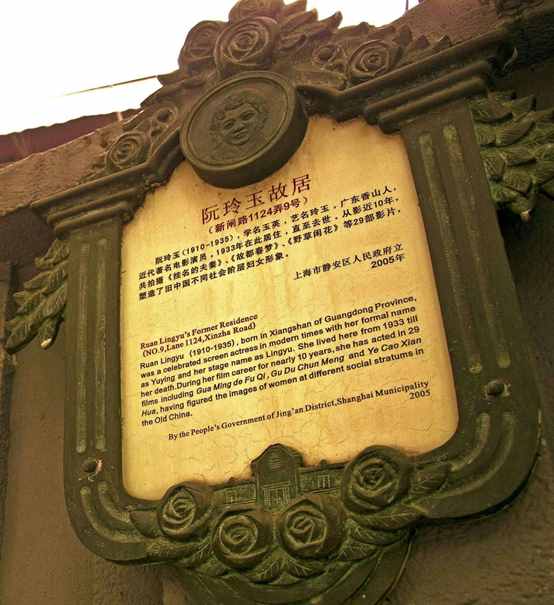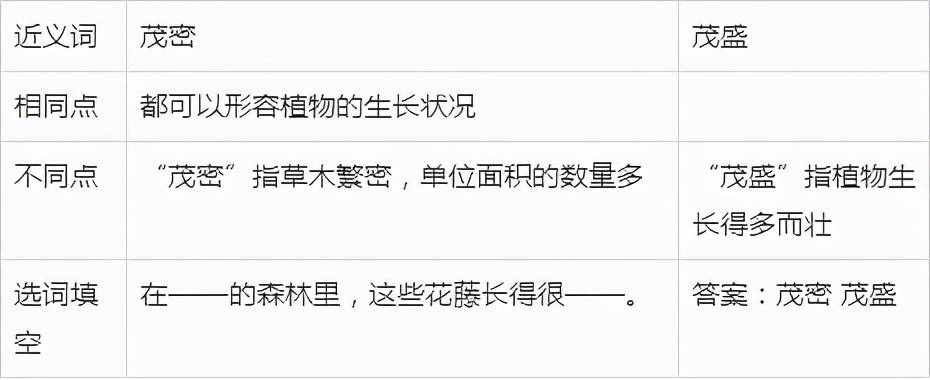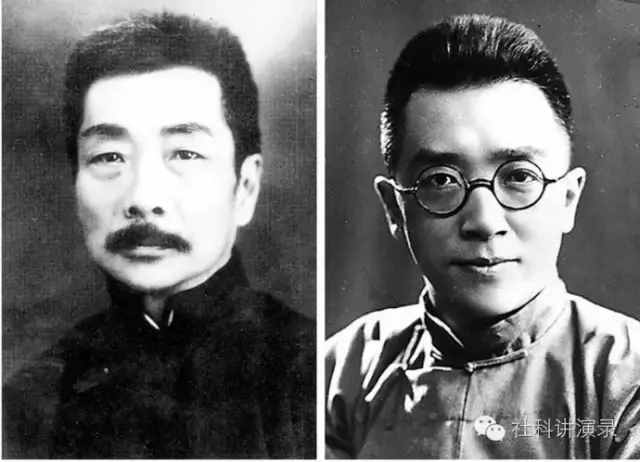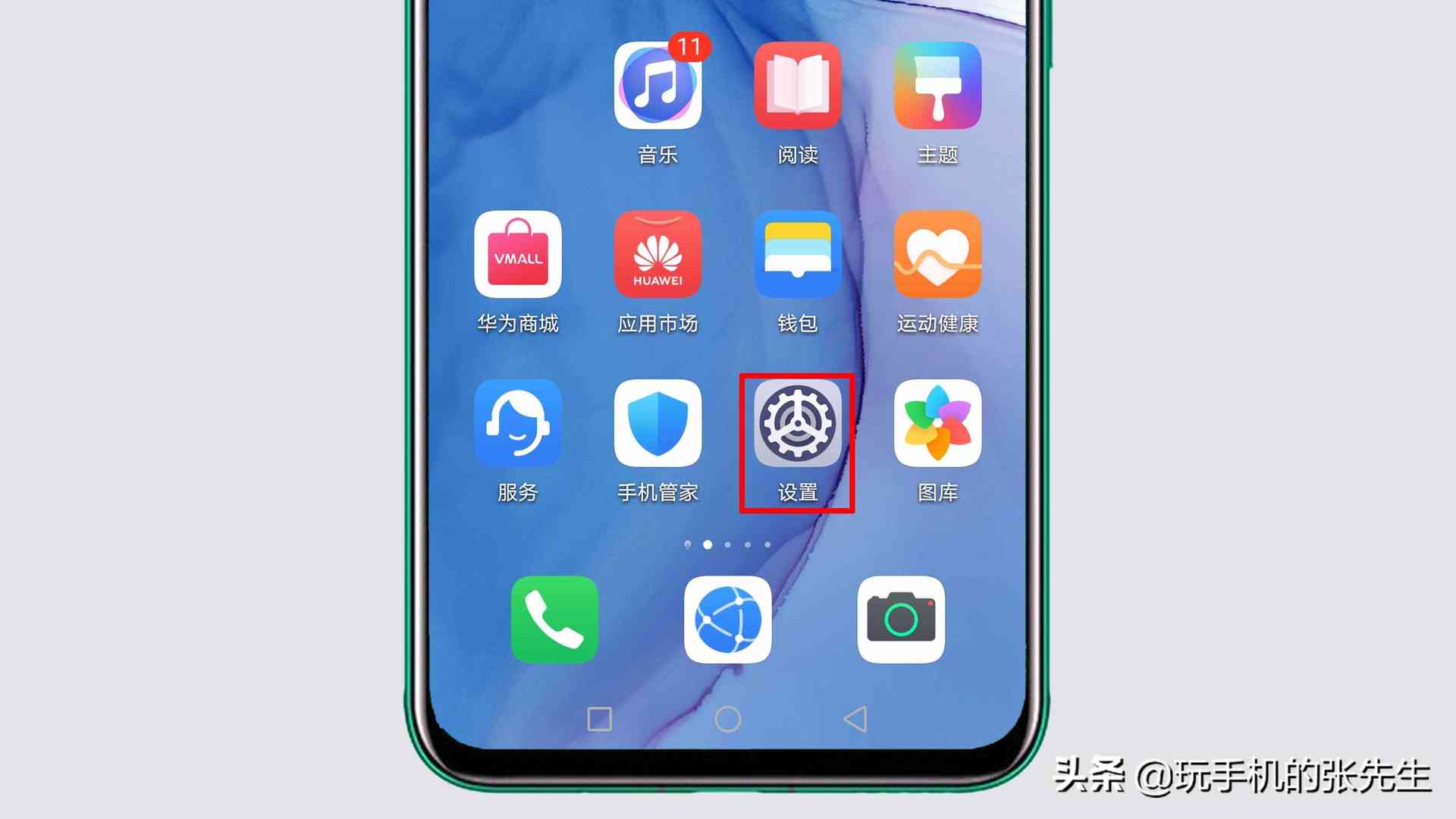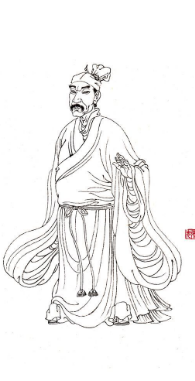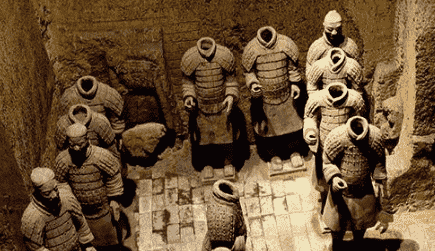decide的用法(动词不定式用法解密)
decide的用法(动词不定式用法解密)
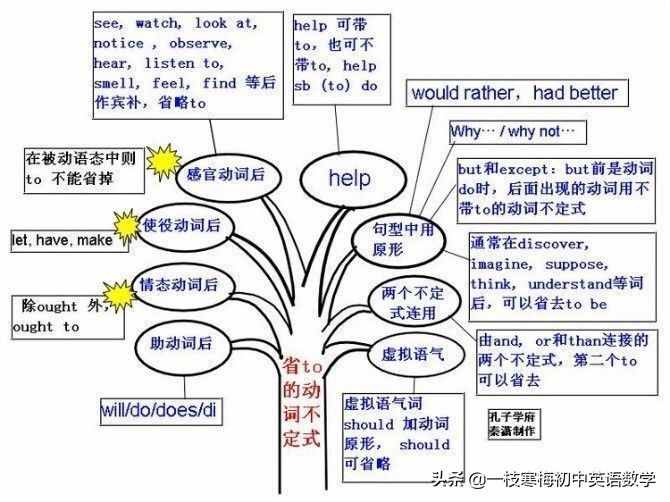
动词不定式的基本形式是“to+动词原形“,有时可以不带to.动词不定式没有人称和数的变化,在句子中不能作谓语。在句中可以作主语、表语、宾语、宾语补足语、定语和状语。
一、作主语,可以用it代替,it叫形式主语,动词不定式放在后面叫真正主语
1.To learn a foreign language is not easy. It is not easy to learn a foreign language.
2. It’s dangerous to drive very fast.
二、如果宾语太长,可用it作形式宾语,构成“主语+谓语+ it +宾语不足语(名词或形容词) + to do sth”结构,谓语动词常为find、think、feel等。
I found it difficult to stop him.我发现拦截他很困难。
三、常可接动词不定式作宾语的动词有:
agree(同意), hope(希望), decide(决定), need(需要), mean(打算), wish(希望), fail(失败), want(想要), begin(开始), would like(想要等。Ask(请求), beg(乞求), leave, like, love, hate(讨厌), prefer(宁愿), order(命令), teach,(教)tell,(告诉)believe(相信), find,(找出)know,(知道)want,(想要)think,(认为)understand,(明白)
后面跟动词不定式的动词口诀有:
三个希望两答应(wish hope wantpromis agree)
两个要求莫拒绝(ask begrefuse )
想要明白跟知道(would likeunderstandknow )
教会告诉要相信(teach tell believe )
找出爱恨区别点(find love hate )
He has decided to go to the countryside.他已决心去乡下。
四、(1)“疑问词+动词不定式”结构可以作动词know、think、find out等的宾语。I don’t know who to ask.我真不知道该问谁。
(2)“疑问词+动词不定式”可以作动词show、teach、ask等后面的直接宾语。
She told me where to find the earphone.她告诉我什么地方可以找到耳机。
五、动词不定式可以作介词的宾语。
Autumn harvest isaboutto start.秋收即将开始。
I’m worryingaboutwhat to do next.我正愁下一步该怎么办。
六、作定语的动词不定式与被修饰词有动宾关系。此时,如果动词不定式的动词为不及物动词,后面的介词绝对不能省略。
动词分“及物”和“不及物”,“及”你就理解成“涉及,有联”,“物”你就理解成“事物或人”。及物的动词”就是“涉及事物的动词”即“有受对象的动词”或“带宾语的动词”(像买buy,花费spend),“不及物的动词”就是“不带宾语的动词”“没有动作承受对象的动词”(像跑run,跳jump,)。所以介词不能够省略。
I have a lot of books to read.我有许多书要读。
We had only a cold room to livein.我们只有寒室一间。
七、不定式复合结构作主语时,需注意:
(1)It’s +形容词+ for / of + sb + to do sth.
当上面的形容词指的是to do sth的性质时,用介词for。
It’s dangerous for children to swim in the river.孩子在这条河里游泳很危险。(游泳这件事情危险)
(2)当上面的形容词指的是sb的性质时,用介词of。
这些形容词往往修饰人:good, bad, polite, unkind, kind, nice, clever, right, wrong, careful, careless
It was careless of you to do that.你这么做真粗心。(你这个人粗心)
八、感官动词hear, see, feel, watch, notice, look at, listen to后面直接跟动词原形,即常见的形式为: hear sb do sth等
感官动词后既可跟动词原形作宾补,也可跟v-ing作宾补,前者表示动作的全部过程已结束;后者表示动作正在进行。
Many people like towatchothersplay games.许多人喜欢看别人玩游戏.
Isawhimcomedownstairs.我看见他下了楼。(说明他下楼了这件事)
Isawhimcomingdownstairs.我看见他在下楼。(说明他下楼时的情景)
九、使役动词let, make, have后面直接跟动词原形; help后面的动词不定式作宾语补足语, to可有可无
She let us meet her at the station, but she didn’t come.她让我们去车站迎接她,卡她没有来.
十、区别下列词组的不同含义:
remember to do 记住要做某事
remember doing 记得曾经做过某事
forget to do忘记要做某事
forget doing 忘记曾经做过某事
stop to do 停下来去做某事
stop doing 停止做某事
go on to do 继续做另一件事
go on doing 继续做原来在做的事
十一、It takes sb some time to do sth.花费某人一段时间干某事.
It took me half an hour to do my homework yesterday.昨天我花了半小时做回家作业.
It took Jim an hour and a half to read the book.吉姆花了一个半小时看这本书.
It took mother one and a half hours to do the housework.母亲花了一个半小时干家务.
用汉字表述上面的句型为:It + take +人+一段时间+ to do sth.
一段时间形式往往为像这样的例子:
fifteen minutes15分钟,an hour一个小时, two days两天, half a month半个月,a year and a half一年半...等等
十二、不定式的特殊句型Why not
"Why not +动词原形"表达向某人提出建议,翻译为:"为什么不……?" "干吗不……?"
例如: Why not take a holiday?干吗不去度假?
练习
根据括号内的动词,用适当的形式填空,空内可能不只填一个词,使句子完整意思正确
1. They usually __________ kites on Sundays. (fly)
2. Look! The dogs __________ after the cat. (run)
3. Miss Gao __________ English in our school since she came here. (teach)
4. The class meeting _________ last Wednesday afternoon. (hold)
5. You should let him __________ the work by himself. (finish)
6. Meimei __________ to wash the old woman’s clothes twice every week. (go)
7. Mr Jiang __________ us Chinese last term. (teach)
8. My father __________ back from Japan tomorrow. (come)
9. It’s seven o’clock now. The Greens __________ breakfast together. (have)
10. Jim __________ many Chinese songs since he came to China. (learn)
11. Please remember __________ the window when you leave the room. (close)
12. After school some students began to do some __________ in the classroom. (clean)
13. English __________ widely in the whole world today. (speak)




